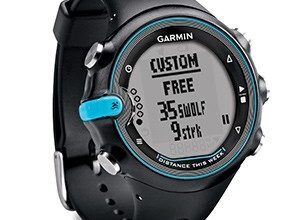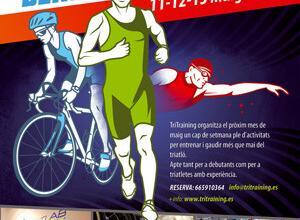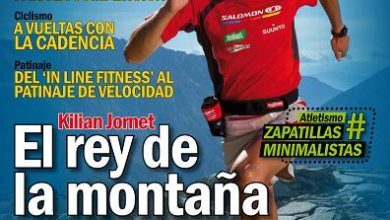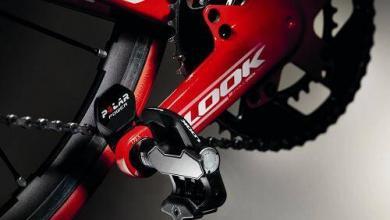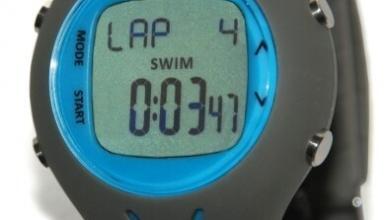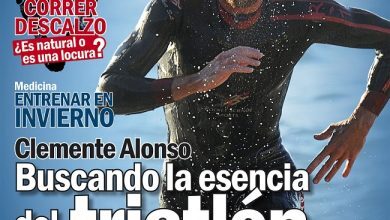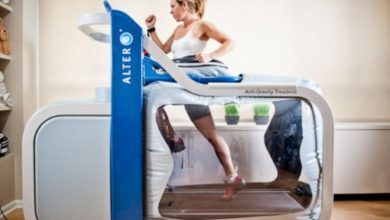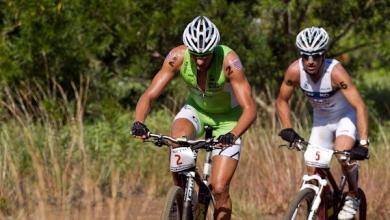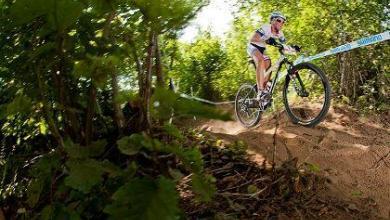Train transitions in triathlon
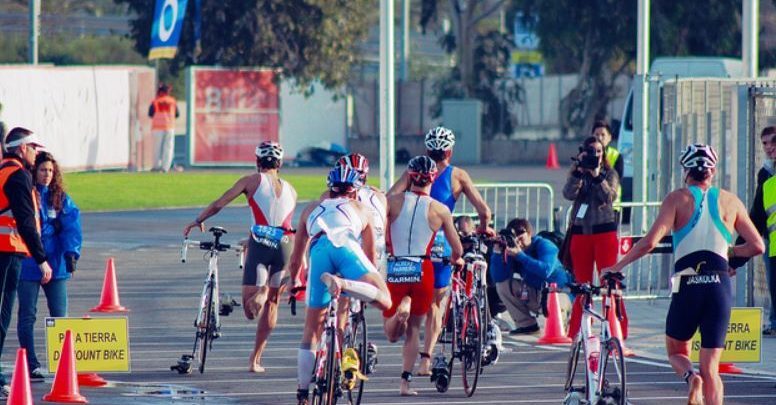
Triathlon is a sport composed of three very different disciplines, swimming, cycling and running. We have to bear in mind that there is a link between the different sections of a triathlon, the so-called transitions, or that is, the previous step before starting the cycling sector or the running race.
Many times triathletes do not give transitions the importance they really have, you can come to think that it is a moment of rest where they equip themselves for the next phase of the race, but the truth is that many times they are the determining factor for the result of a test, since at this point it can be decisive when it comes to the result at the finish line, which often depends on the difference of a few seconds.
The objective is to achieve a "Automation" of movements in each of the transitions that will allow a correct execution and therefore efficiency in the transitions.
There are two different types of transitions for both duathlon and triathlon, T1 (Transition 1) and T2 (Transition 2). The area where they are executed is called the transition zone or "boxes" in English, which is the place reserved for triathletes where they will leave the necessary material to carry out the competition: bicycle, shoes, etc.
Below is a sequence that must be automated for a correct execution of the T1 in triathlon
STEPS TO BE CARRIED OUT FOR A CORRECT T1 TRANSITION
|
Remove glasses without removing them from the head (running) |
|
Unbutton neoprene (when its use is allowed) from the back (running) |
|
Remove top of neoprene: arms and trunk (running) |
|
Remove glasses and hat, leaving them in the corresponding drawer in the transition area |
|
Remove lower part of the neoprene and leave it in the corresponding drawer in the transition area |
|
Put and fasten helmet (in transition area) |
|
Pick up the bike (in transition zone) |
|
Run with the bike holding it by the top of the saddle or handlebar (running) |
|
Jump on the bike after the riding line (running) Place feet inside the shoes and fasten (on top of the bike and pedaling) |
|
Start the cycling segment with the right development (light). |
|
Once placed in a group, it is the moment when the shoes are placed and fastened. |
In the process of the T2, the following actions are carried out:
STEPS TO BE CARRIED OUT AT THE T2
|
Arrive correctly placed in the bike group |
|
Unfasten the shoes during the last section of the bike (while running and on the bike). |
|
Remove feet from the shoes (running and on top of the bike). |
|
Pass leg behind before dismounting (running and on top of the bike). |
|
Dismount just before the dismantling line, in the race. |
|
Run to the box, or put to hang the bike, with the bike catching it by the top of the saddle (running). |
|
Place the bike in the place enabled for it (in the box). |
|
Take off the helmet and leave it in the drawer (in the box). |
|
Put on shoes and accessories: hat, glasses, etc. |
The steps outlined above have to be carried out in a systematic way, and in order to do so, we must integrate the transitions in our workouts.
Several studies have been carried out over the years in the practice of transitions and the best ways to train them have been investigated. Here we quote some:
In 2005, in the Peeling et al study of (Peeling, Bishop, & Landers), it was determined that if a swim was performed at 80-85% of the time of a swimming test (750m, like swimming in a triathlon sprint), the cycling speed was higher than if swimming 98-102% of the time of the same swimming test.In addition, the total time of the triathlon was faster at 80% than at 100% of the test swimming speed. It was found that swimming at an intensity lower than that of an isolated effort similar to the time of the test, has significant improvements on cycling and overall triathlon performance.
In the study of T2, (O. Hue, Valluet, Blonc, & Hertogh, 2002) investigated the effect of training the transition from cycling to running, through a succession of short transitions from cycling to running. In the cycling and running performance of a triathlon, it was seen that after performing a training with short transitions and other normal training in several competitive triathletes for six weeks, no further improvement was induced in cycling or running performance. running when making short transitions compared to normal training. However, it induced a significant improvement in the transition from cycling to running.
This indicates that training short transitions from cycling to running on foot can help the triathlete to develop greater skill and physiological adaptations during this critical period of the triathlon test.
Some of the ways to train transitions can be the following:
These workouts can vary depending on the intensity at which they are performed, in this example transition workouts have been chosen at anaerobic threshold,
To train the T1:
|
1 x (swimming: 5x400m + cycling: 1 × 15 ') |
|
2 x (swimming: 1200 + cycling: 15 ') |
|
1 x (swimming: 2 × 600 + cycling: 2 × 20) |
To train the T2
|
1 x (cycling: 4x10kms + race on foot: 4kms) |
|
2 x (cycling: 20kms + race on foot: 3kms) |
|
2 x (20 bike + 15 'flat race) / Rec. 5' soft bike pedaling |
Further information: www.entrenaonline.es
Photo: Garmin
There are no previous results.








